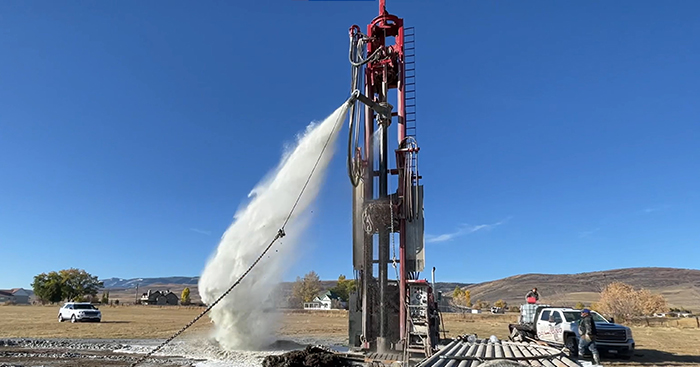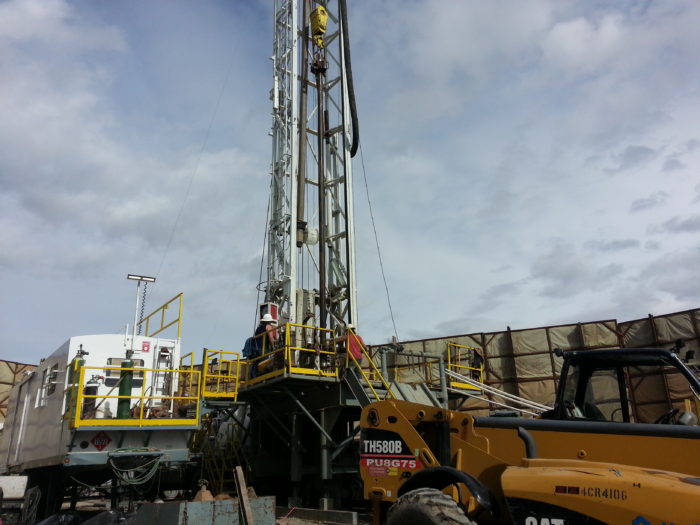To Drill or Not to Drill: When to Replace Aging Wells

When groundwater wells age, they are in danger of reduced efficiency and diminished performance. Ignoring aging infrastructure can impact the stability of vital drinking water supplies. While it’s natural for wells to deteriorate over time, taking action to assess the cause of their decreased performance will help determine whether the well should be rehabilitated or replaced.
Research shows that wells should be cleaned or rehabilitated before they have realized a loss of more than 15-25 percent of their original production capacity. In most cases, if the physical structure of the well is in good condition, rehabilitation or redevelopment of a well is the best economical alternative to replacing the well.
Making an informed decision requires accurate information. While it is tempting to take an “if it isn’t broke, don’t fix it” or “run to failure” approach, this attitude and inaction can result in the demise of a well. The next step may require the drilling of a new well – a more expensive option.
Read about the CRS Swensen Wellhouse replacement project.
What causes wells to fail? The three primary causes of reduced well production are chemical, biological, and physical. Rarely is there only one factor at play in any given well.
Chemical
Once a well is drilled, water quality parameters that lead to well failure should be measured and closely monitored for changes. Watch for a build-up of carbonates, iron, or manganese that can cause the formation of mineral scale.
Biological
Be on the lookout for biological fouling that results from iron/manganese reducing bacteria, sulfate-reducing bacteria, and the dreaded biofilm. Iron bacteria can cause odor, discoloration, and corrosion. You may notice it affecting the performance of the well, the filter, or the plumbing.
Physical
The physical blockage can come from the migration of fines in the aquifer or impacts from the first two considerations (chemical and biological). Be sure to measure the specific capacity. It can be calculated by dividing the gallons per minute (GPM) of production by the drawdown from static to pumping water level. Also, watch changes to the color and smell in the water produced, the time it takes to clean up after start-up, and any sand production.

In addition to these factors, aging wells can degrade because of the materials used to construct them, such as the casing, screen, and gravel pack. Structural failure, extreme plugging, and unfavorable aquifer conditions can also mean that a replacement well is the only option.
If the above parameters are monitored, and the well is cleaned promptly, the life of a well can be significantly increased.
If, however, the well Is not routinely maintained, it can reach a point of no return. That’s when the cost of rehabilitation does not provide a positive return on investment, and replacement becomes the only option to return the well to its former production.
See the evaluation done for the Ogden City Production Wells.
Speak to a groundwater professional for an evaluation before making a hasty and costly decision to abandon a struggling well that could still be a great water source.
For more information on determining well replacement or rehabilitation, contact Mark Chandler in our Water Division at 801.556.1765 or mark.chandler@crsengineers.com.
